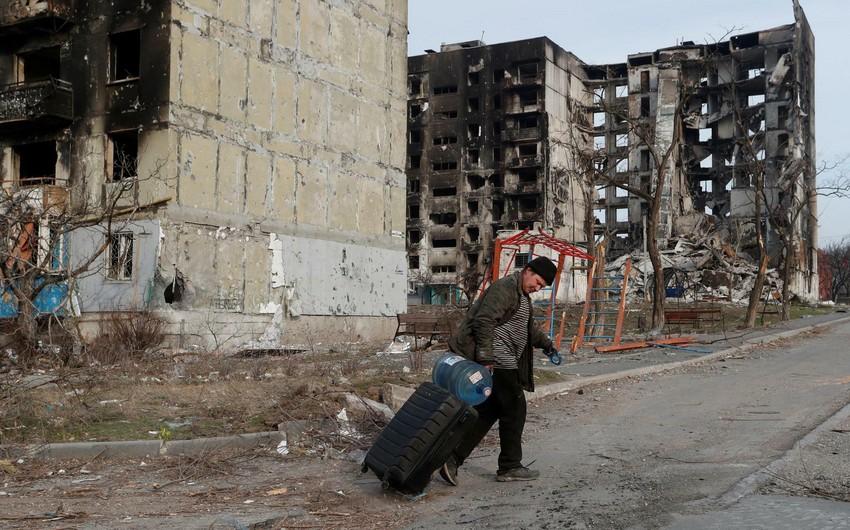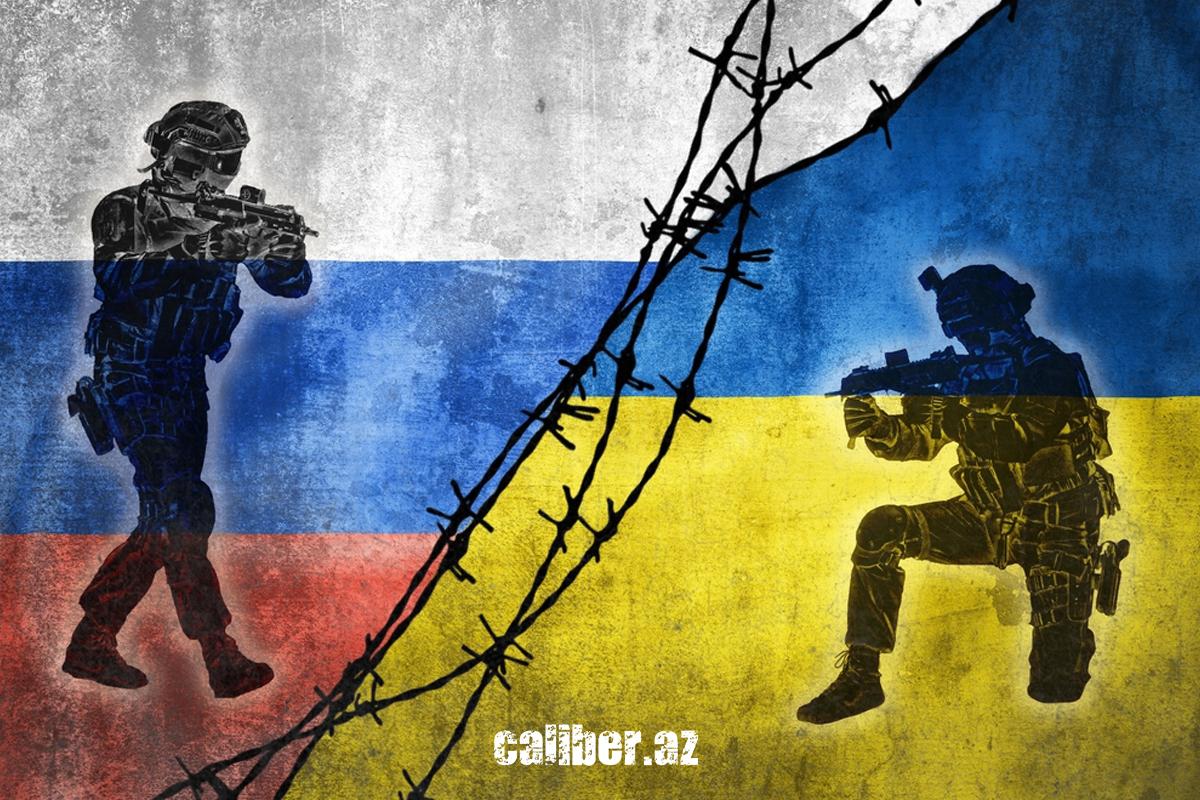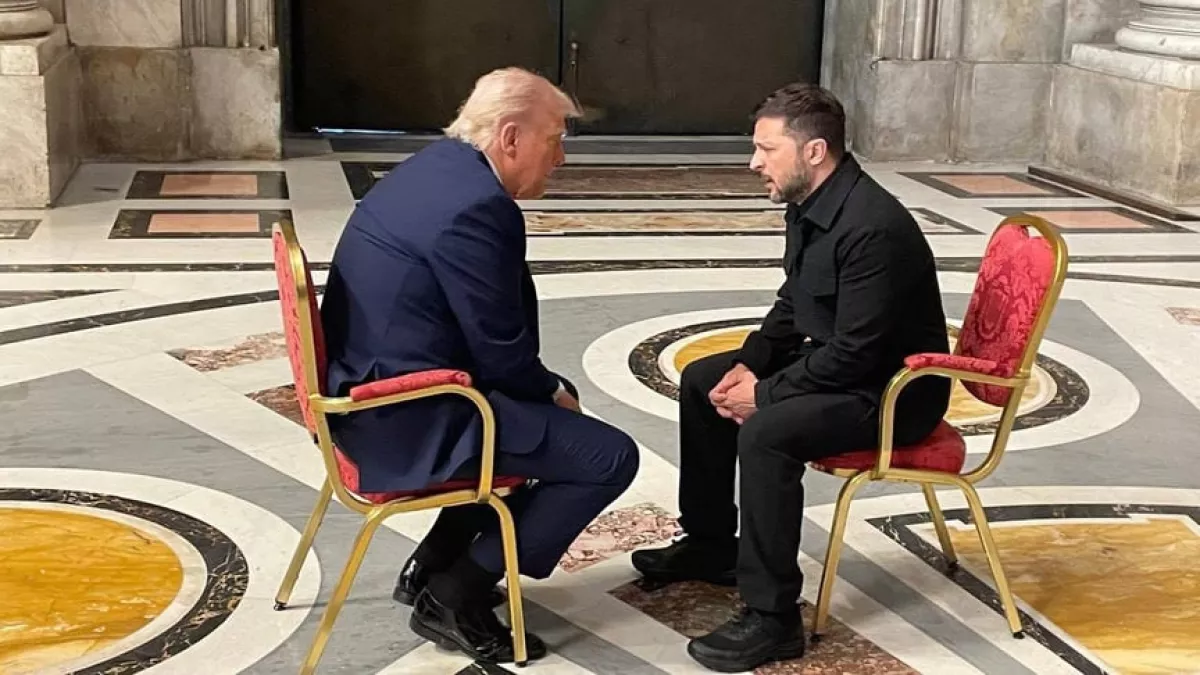Painfully vivid kaleidoscope On the events surrounding Ukraine
The dizzying pace of recent developments related to the Russia-Ukraine conflict — particularly those tied to U.S. President Donald Trump's initiative for its resolution — is enough to make one's head spin. The central figure threading through this entire saga is the American president himself, who repeatedly and nonchalantly blurts out harsh truths, usually about how no one understands anything, how he's getting fed up with it all, and how he’ll eventually punish everyone — especially Russia — with new sanctions.
Meanwhile, the ever-upbeat U.S. Special Envoy Steve Witkoff — a sort of Houdini of American diplomacy, who either performs miracles or creates their illusion — has already visited Russia and met with Putin four times in a row. After each visit, a new "plan" emerges, according to which the United States is allegedly prepared to recognise Russia's annexed territories. More specifically, the cumulative plan envisions the U.S. legally recognising Crimea as Russian and effectively acknowledging Moscow’s control over the occupied parts of Ukraine’s Luhansk, Donetsk, Zaporizhzhia, and Kherson regions.
Despite such a complimentary stance from the United States, Moscow — clearly sensing some trickery behind the seasoned realtor’s smile and keen to show it won’t be led by the nose — has responded to nearly every one of his visits by shelling Ukrainian cities. And although officials in the Russian capital claim the targets are strictly military, the attacks inevitably result in civilian casualties.

At the same time, Moscow makes a point of demonstrating that it values Washington’s diplomatic mission, alternating military operations with political gestures. For instance, Vladimir Putin announced a two-day Easter ceasefire last week, and yesterday declared another brief truce timed to coincide with May 9th celebrations. The message is clear: Moscow is prepared to halt the war — but “it must be listened to, as it has certain conditions.”
"Russia is not abandoning its special military operation, but it is open to the possibility of negotiations with Kyiv without any preconditions," — meanwhile, the Kremlin continues to push its assertive yet constructive agenda through the words of Russian presidential spokesman Dmitry Peskov. Earlier, Russian Foreign Minister Sergey Lavrov stated in an interview with CBS News that Moscow is ready to reach an agreement on Ukraine, but there are still details that need to be worked out.
Perhaps the most interesting part lies in these details.
Returning to the American project, one can easily notice Washington’s somewhat cavalier approach to Ukrainian territories. In this context, Trump even went as far as to say, Russia has offered a significant concession in peace talks with Ukraine by not “taking the whole country.”
However, Moscow's tough stance in response to these proposals paradoxically reveals the fact that Russia is unlikely to "want all of Ukraine." Moreover, according to exclusive data from The Financial Times, as early as April, Moscow itself signalled that it was ready to freeze the front lines at the current positions, meaning no claims to the non-annexed administrative boundaries of the regions that Moscow has legislatively defined as "Russian territories." It seems that Moscow continues to press Kyiv not for new territories, but for something else.

While Russia justifies the annexation of eastern Ukraine under the pretext of "protecting the oppressed Russian-speaking population," it will be much harder to explain the capture of everything on the other side of the Dnieper (not to mention the fact that this would not be easy to achieve physically). Even if one were to entertain the idea of annexing all of Ukraine, Moscow would face a huge headache in the form of disloyal populations spread over vast territories from Kyiv to Uzhhorod.
Instead, for the Kremlin, it is far more important to secure Kyiv's signature on a commitment to neutrality and restrictions on future weaponry and military personnel, essentially the same "demilitarisation" that was declared one of the objectives of the so-called Special Military Operation (SMO). In the Russian leadership’s view, this will not only remove the threat to Russia, but also set a precedent for revising the entire security system in Europe.
The issue of NATO non-membership is of little satisfaction to the Kremlin, because, firstly, no one was planning to accept Ukraine into NATO anyway, and secondly, because it is not just membership in the alliance that makes Ukraine a "launching pad for the West against Russia," but primarily the strength of its armed forces and bilateral agreements with other actors, which may be much more effective than the infamous Article 5 of NATO.
It seems that the issue of "demilitarisation" is now on the negotiating table as the main obstacle to peace.
At this moment, the death of Pope Francis introduced some improvisation into the dynamics of relations between Washington and Kyiv. Initially, Volodymyr Zelenskyy said that he was unlikely to attend the funeral, but then someone, apparently, advised him to turn the crisis into an opportunity, and he, taking the advice, flew to Rome. And he probably made the right choice. Trump seemed to be expecting him, didn't dwell on the past, and gave him a firm handshake. However, when Emmanuel Macron, who had rushed to them and tried to make it seem like nothing could be done without him, approached, the U.S. president elegantly swept him off the "tatami" with an aikido move and a couple of sharp remarks. Zelenskyy nodded approvingly at this moment, which was especially humiliating for the French president.

But this can be considered a lyrical digression: the main takeaway from Trump’s visit to the Vatican is his opinion that Zelenskyy was more constructive this time and very close to a deal (where would we be without one?). However, it remains unclear what exactly this deal was about: rare-earth metals or peace with Russia? Trump also hinted at the possibility of continuing to provide weapons to Ukraine — presumably to pressure Moscow. And just yesterday, in response to the ceasefire proposed by Moscow, both Trump and Zelenskyy declared in unison that what was needed was not a temporary ceasefire, but a complete cessation of hostilities.
So, Moscow is trying to negotiate important strategic conditions for itself, while Washington threatens not only with sanctions but also with supplying weapons to Kyiv. The question remains the same as it was two months, one month, and one week ago: who will blink first in this nerve-wracking game?








